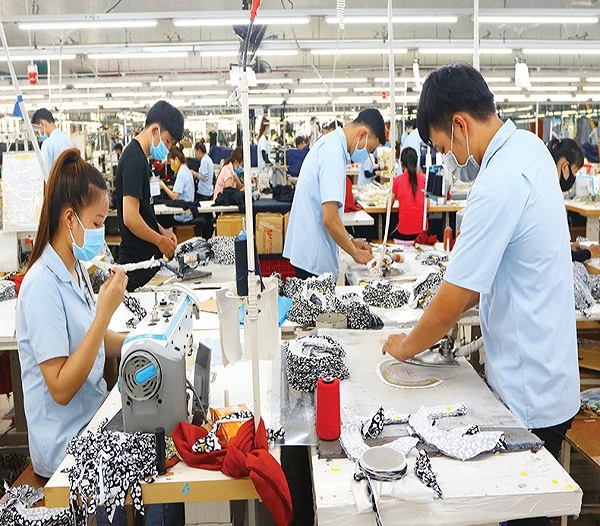How Much Is Depreciated Currency Supporting Indian Apparel Exports

08 June 2022, Mumbai:
Experts predict that a falling rupee will improve India's competitiveness in the global market, resulting in increased exports of agricultural items, textiles, gems, and jewelry.
The rupee has lost 6% in the first half of this calendar year, trading at 75.51 dollars, down from 71.38 on January 1. In truth, the rupee had fallen to 76.21 on June 16 but has since rebounded thanks to intervention by the Reserve Bank of India.

ALSO READ RBI Governor Shaktikanta Das: There's no need to fear, even though India's inflation is expected to rise in January
According to analysts, the rupee might fall to as low as 80 pence per dollar this year since the Indian economy is expected to decline. India operates on a small 2-3% margin for specific items, such as textiles.
Therefore a 6% devaluation of the rupee makes a significant impact. The USD/INR three-month range is 75.50-77.50, while the six-month content is 74-80, according to IFA Global's latest analysis. This implies that the rupee can fall another 6% in the second part of the calendar year.

RELEVANT NEWS Someone's Loss Is Someone's Gain: Is the Chinese Textile Industry's Loss India's Gain?
India's agriculture, allied, and processed food exports were $35.1 billion in FY20, down from $38.5 billion the previous year, according to the Agricultural and Processed Food Product Export Development Authority (Apeda). In FY14, India's farm exports reached a new high of $42.8 billion.
Apeda-registered items account for over half of India's agricultural exports. "We profit from rupee devaluation in basmati rice exports. It increases receivables for exported and pending items," said Gurnam Arora, joint managing director of Kohinoor Foods, which produces the Kohinoor brand basmati rice.

RELEVANT NEWS How Seriously Are International Brands Looking at Indian Apparel Sector
The currency devaluation, according to Ujjwal Lahoti, chairman of Lahoti Overseas, a Mumbai-based producer and exporter of children's clothing, will assist India's competitiveness in the global market and increase textile exports. Another problem may need to be considered in the context of rupee depreciation.
Due to poor market circumstances in the European Union and a slow market in the United States, the previously struggling garment export sector saw shipments fall throughout 2011. Exports, on the other hand, aided its passage. According to Sakthivel, apparel exports surpassed $12 billion in February 2012, up 18.9% over the same month.

RELEVANT NEWS How Favourable Is Rupee's Precipitous Fall For Indian Textile Sector
More than 80% of India's clothing is exported to the United States and Europe. Apparel exporters searched for alternate destinations throughout the time, anticipating yet another recession in the EU and weak demand from those countries. “ During the year, Indian exporters visited Latin America, southern and western Africa, Japan, Russia, Israel, and Australia. Apparel exports account for 45 percent of all textile and garment exports.
According to DK Nair of the Confederation of Indian Textile Industry, India's exports in 2011-12 were $30 billion, up from $27 billion in 2010-11. According to the business, the increase is due to the devaluation of the Indian currency during that period.
The rupee declined against the dollar from roughly Rs 45 in April 2011 to more than Rs 50 in March 2012.

The business had a more complex problem in 2012-13 after being caught on the wrong foot for using underage labor and forced labor. Apart from competing with other low-cost manufacturing sites in Southeast Asia, the sector would have to be strict with regulations.

Many strong & progressive groups/units are working hard to promote AEPC's Driving Industry Towards Sustainable Human Capital Advancement (DISHA) initiative. The initiative promises to propel Indian apparel and champions to boost textile and apparel exports.
The US has chastised the most unorganized and fragmented industry for involving children.
The general trade belief is in labour-intensive sectors the falling rupee helps enhance India’s competitiveness @ the global marketplace leading to increasing exports as the textile is certainly one sector where the depreciating rupee is positive.
Albeit there is a greater need to pay the attention to the context against the movement in the currency of the country we are competing with for a realistic understanding.
Join our community on Linkedin
























